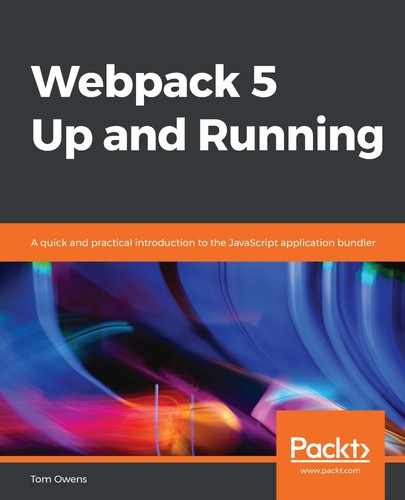Essentially, Webpack is a module bundler for JavaScript applications. Webpack takes a series of JavaScript files, along with dependencies such as image files, which make up an application, and constructs something called a dependency graph. A dependency graph is a representation of how these files and dependencies are ordered and linked within an application and shows how the files interact with each other.
This dependency graph then forms a template that the bundler follows when taking all of the dependencies and files to compress them into a smaller set. Webpack is then able to bundle these files into a larger, but usually less-numerous, set of files. This eliminates problems such as unused code, repetitive code, and the need for rewriting. To some extent, the code can be formatted more succinctly.
Webpack recursively builds every module in your application, then packs all those modules into a small number of bundles. For the most part, a bundled application will contain a script that is ideal to be read by a program, such as a web browser, but too complicated for a programmer to use. The developer, therefore, will take a set of source files and make changes to this area of the program, then bundle this source into an output—a bundled application.
Bundling was originally intended to improve browser-reading performance, but it also has many other advantages. Once a set of source files is bundled by Webpack, it will usually follow a systematic and conventional filing structure. Errors within the code can halt a bundling operation; this book will instruct you on how to overcome these problems.
Now, let's explore the general concepts around Webpack 5.
